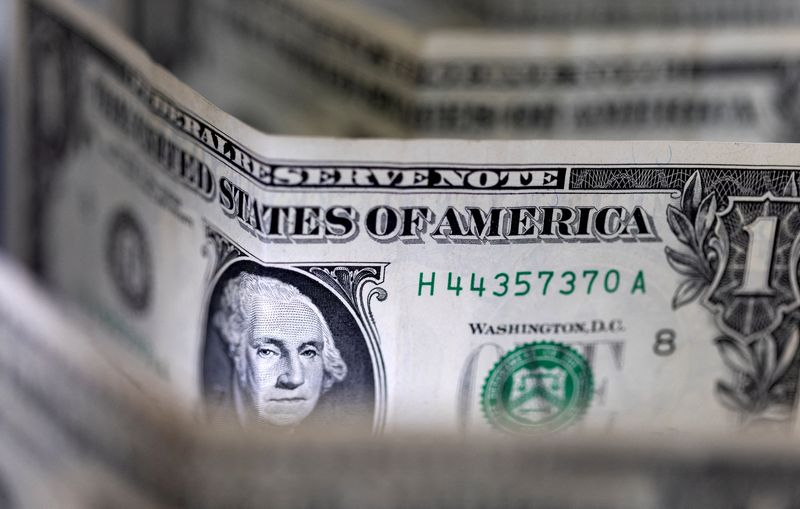Investing.com – According to Bank of America Securities, US investors are losing control of their own currency, with increased foreign demand the main driver.
At 10:40 ET (14:40 GMT), the Dollar Index, which tracks the greenback against a basket of six other currencies, was trading 0.1% lower at 105,000 but still up more than 3% year to date 2024.
Analyzing the USD rally across US, European and Asian time zones, the US bank sees that the dollar was largely unchanged during US trading hours, with the overall move having the highest correlation with European hourly moves, followed by Asian hourly moves this year. .
This increased foreign demand for the dollar in 2024 is driven by a combination of favorable carry and growth differentials for the US, BoA Securities analysts said in a June 10 note.
Due to the Fed’s more aggressive rate hikes over the past two years, the US dollar was already yielding higher than the G10 countries, and so far in 2024 rate cutting cycles have largely begun among central banks in Europe (European Central Bank, Swiss National Bank and Riksbank all cut policy rates by 25 basis points.
In Asia, the Bank of Japan has abandoned its negative interest rate regime, but yields remain low.
As a result, carry/vol ratios have risen more in favor of the dollar this year.
Many US-based investors saw a ‘soft landing’ of the US economy as a reason to weaken the dollar’s strength. But while the US growth rate in the first quarter of 2024 has declined sequentially to 1.3% from the excessive growth rate in the first half of 2023, the US still had the second highest growth rate in the first quarter of 2024 in the G10 (Figure 4).
Moreover, consensus growth revisions for 2024 for the US have increased more than elsewhere.
Naturally, the return and growth benefits appealed to investors outside America.
In addition, global investors have increased their investments in US ‘AI’ stocks and the resulting portfolio flows have also supported the dollar.
“With US investor influence on the USD at a multi-year low, more USD supply from Europe is needed for the USD to weaken,” the bank added.


